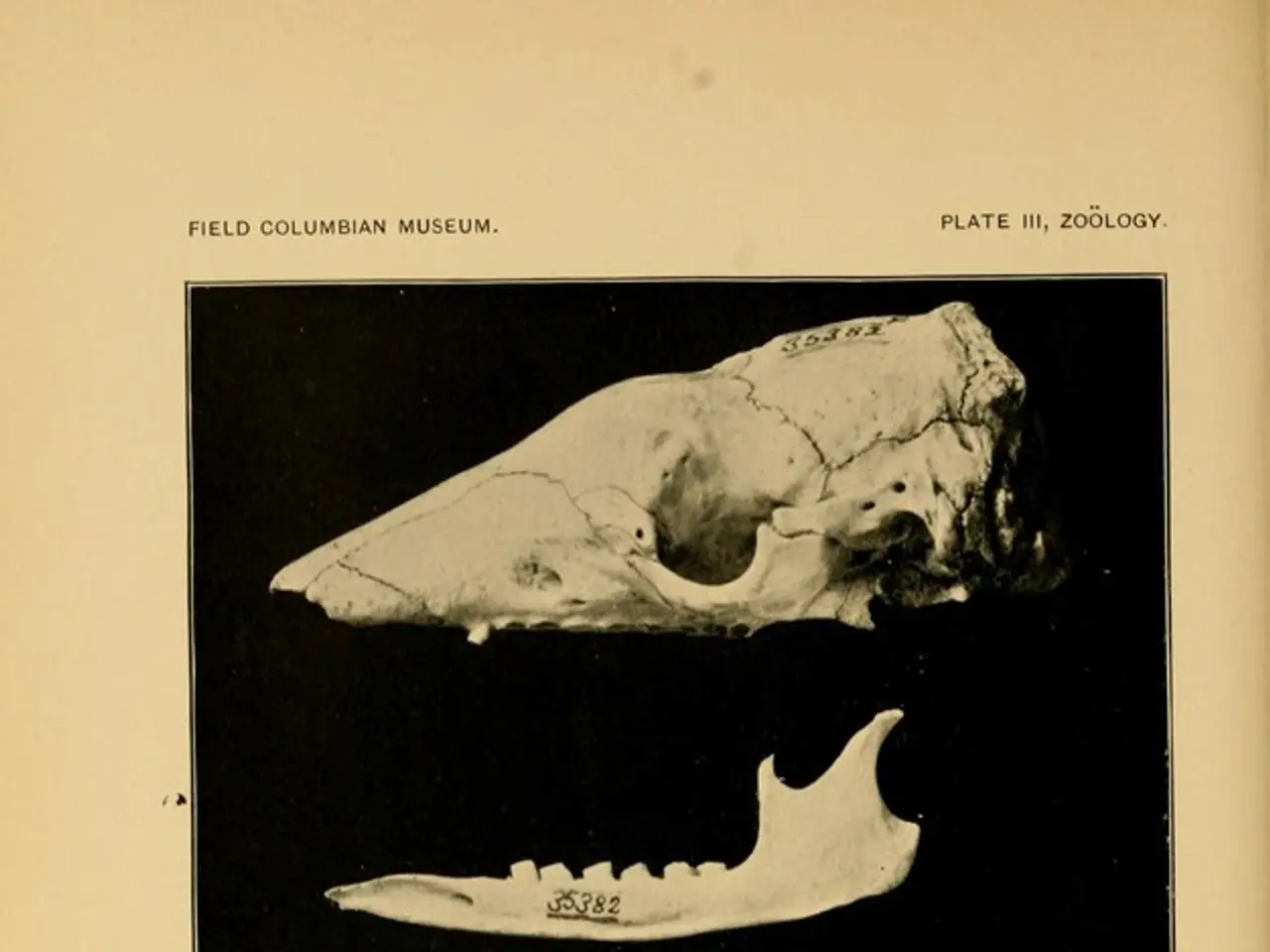Arthritis of the Shoulder: Recognizing Symptoms, Options for Treatment, and Recommended Exercises
Shoulder arthritis, a common joint disorder, impacts approximately 60 million adults and 300,000 children in the United States. This condition occurs when the cartilage surrounding the shoulder joint breaks down, leading to a decrease in the protective space between bones and the joints rubbing against each other.
There are over 100 different types of arthritis, but the most common form is osteoarthritis, which affects more than U.S. adults. Rheumatoid arthritis, another type, occurs when the immune system attacks healthy cells, damaging cartilage, ligaments, and bones.
A doctor may discuss a person's medical history, genetics, and symptoms to help them make a diagnosis of shoulder arthritis. They may also perform a physical examination, looking for signs of weakness, swelling, tenderness, grinding, pain, reduced mobility, current or previous shoulder injuries, and any other affected joints.
If nonsurgical interventions do not work, people may receive surgery. Two surgical options are arthroscopy, where doctors clean out the shoulder joint, and shoulder joint replacement, which involves replacing damaged parts of the shoulder with artificial components. Shoulder joint replacements relieve pain for various types of arthritis and can last for many years.
Common treatments for shoulder arthritis include a range of non-surgical and surgical options aimed at managing pain and improving mobility.
- Medications: NSAIDs (e.g., ibuprofen, naproxen) reduce inflammation and pain. Acetaminophen can also be used for pain relief. In some cases, stronger prescription pain relievers may be necessary.
- Physical Therapy: Tailored exercises strengthen shoulder muscles, increase flexibility, and improve range of motion, helping reduce stiffness and enhance joint support.
- Lifestyle Modifications: Weight management to reduce joint strain, ergonomic adjustments at work and sleep position changes to minimize stress on the shoulder, stress reduction, and an anti-inflammatory diet rich in omega-3 fatty acids may also be beneficial.
- Corticosteroid Injections: These provide potent, temporary anti-inflammatory relief, often lasting weeks to months, especially during acute pain flares. Modern ultrasound-guided injections improve accuracy and outcomes. Typically limited to 3-4 injections per year to avoid cartilage damage. Injections combined with physical therapy show better long-term results than either treatment alone.
- Platelet-Rich Plasma (PRP) Therapy: Uses concentrated platelets from the patient’s own blood to stimulate healing and reduce inflammation. Best for early to moderate arthritis to possibly delay surgery. Usually involves 2-3 injections spaced weeks apart.
- Other Injectable Treatments: Hyaluronic acid injections may be used to lubricate the joint, more common in knee arthritis but sometimes considered for shoulder cases.
- Surgical Interventions: Reserved for cases where conservative treatments fail. Options include arthroscopic debridement, shoulder joint resurfacing, or total shoulder replacement. Surgery aims to reduce pain and restore function but involves longer recovery.
Non-surgical treatments like NSAIDs, physical therapy, corticosteroid injections, and lifestyle changes are generally effective at reducing pain and improving mobility, especially when combined. Corticosteroid injections provide quick but temporary relief and facilitate participation in rehabilitation exercises. PRP shows promising regenerative benefits in early-moderate arthritis stages but is still emerging in evidence. Surgery is highly effective for severe arthritis but carries surgical risks and recovery time.
Overall, a multimodal approach combining medications, physical therapy, injections, and lifestyle changes provides the best pain management and mobility improvement for most patients with shoulder arthritis. Surgical options are reserved for refractory cases.
- For individuals experiencing other joint pain aside from shoulder pain, they might be diagnosed with one of the 100+ other types of arthritis, such as rheumatoid arthritis.
- Disability and mobility issues can result from chronic diseases like chronic-kidney-disease or COPD, and even type-2-diabetes, making fitness-and-exercise and health-and-wellness crucial for management.
- In cases of otherjointpain, a doctor may consider jointprocedures to alleviate the pain, similar to shoulder joint replacement.
- Science continues to advance, offering hope for new jointprocedures and treatments for medical-conditions like chronic-diseases and otherpain.
- The health-and-wellness community emphasizes the importance of nutrition in managing chronic-diseases, promoting a diet rich in omega-3 fatty acids for joint health.
- For athletes playing sports like football, which are common in the NFL, NCAA-Football, and beyond, shouldertaps into the risks of shouldertemp and rheumatoid-arthritis.
- Despite these risks, maintaining a well-rounded fitness-and-exercise routine can help strengthen the shoulder, benefiting overall health, and potentially slowing the progression of otherpain.
- The mental-health aspect of living with a chronic-disease like shoulderpain is often overlooked but is equally essential for overall wellbeing, and should be addressed through therapy and support.
- Lifestyle changes, such as weight management and ergonomic adjustments, are integral parts of the management of shoulderpain and other joint disorders.
- Despite the available treatments, coping with chronic-kidney-disease, COPD, type-2-diabetes, or shoulderpain requires a holistic approach that addresses both the physical and mental aspects of these medical-conditions for long-term wellness.




